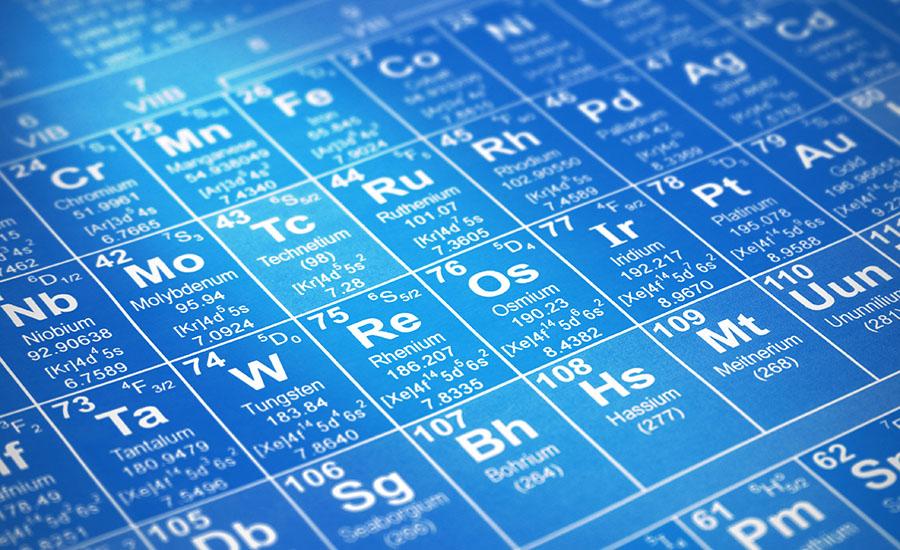
Electrons and Light Part 2
by Laura Winder
After learning about emission spectra, electron energy levels, orbitals and configurations, and periodic trends for atomic radius and ionization energy; this is concluding activity that require students to create a model to connect all these ideas in response to a prompt about emission spectra. They must construct an argument and back up their claim with evidence.
Lesson Plan Link/URL
https://docs.google.com/presentation/d/1eY-h5h0kzq7DnjIqC1rie1flv60rRKJ_/edit?u…Related Content

Grades:
2nd Grade, 3rd Grade
Students will research a biome around the world, including 3 animals, 3 plants, and 3 nonliving parts of the ecosystem. Students will construct a diorama of the biome and illustrate a natural disaster

Grades:
9th Grade, 10th Grade, 11th Grade
A common challenge in Thermodynamic Chemistry is how do endo vs. exothermic reactions FEEL. Students will conduct three different chemical reactions to collect data and observations about the

Grades:
9th Grade, 10th Grade, 11th Grade, 12th Grade
In this lesson students evaluate the advantages and disadvantages of conventional, petroleum-based plastics, bioplastics, and their different varieties. The lesson is driven by class/group research